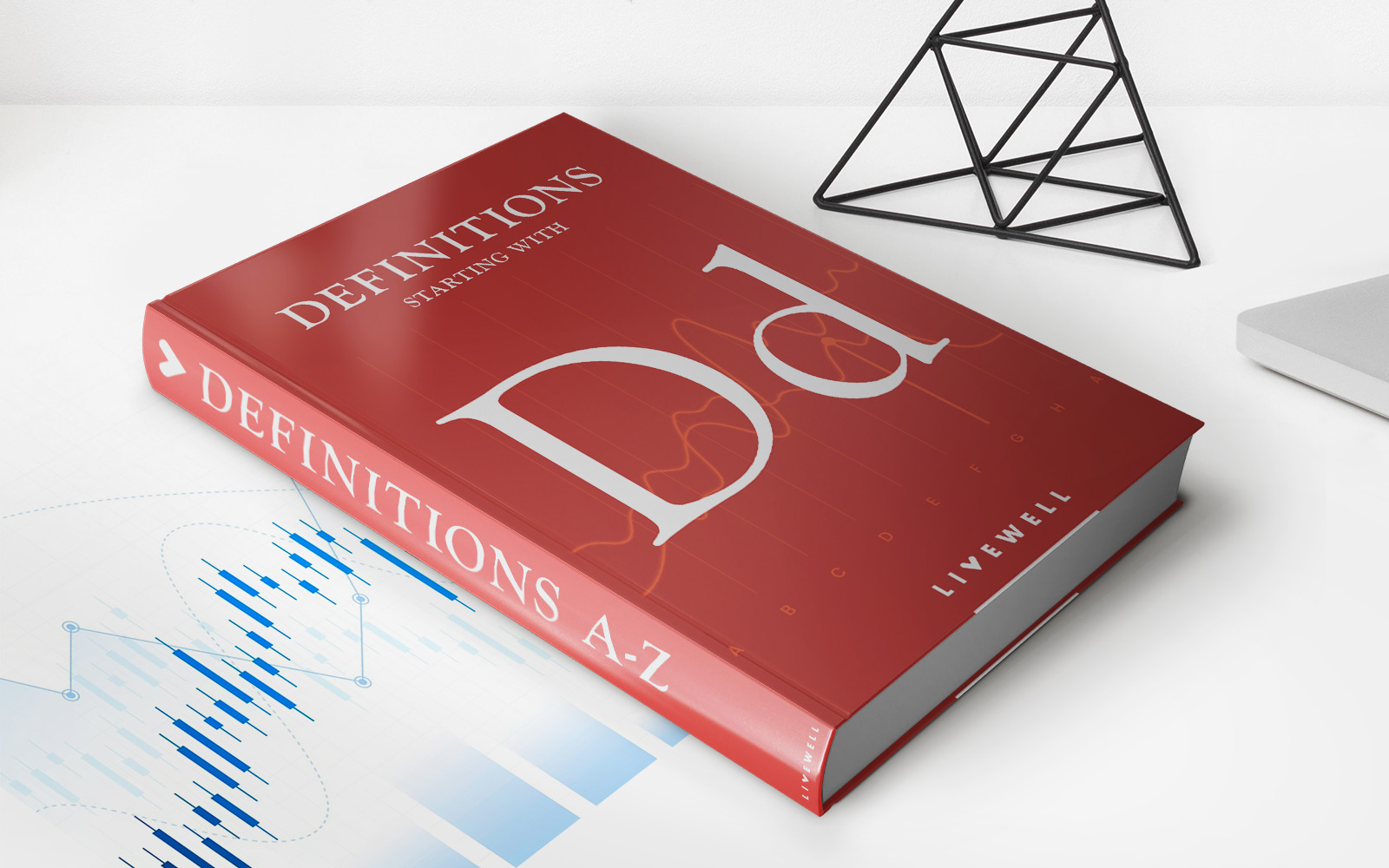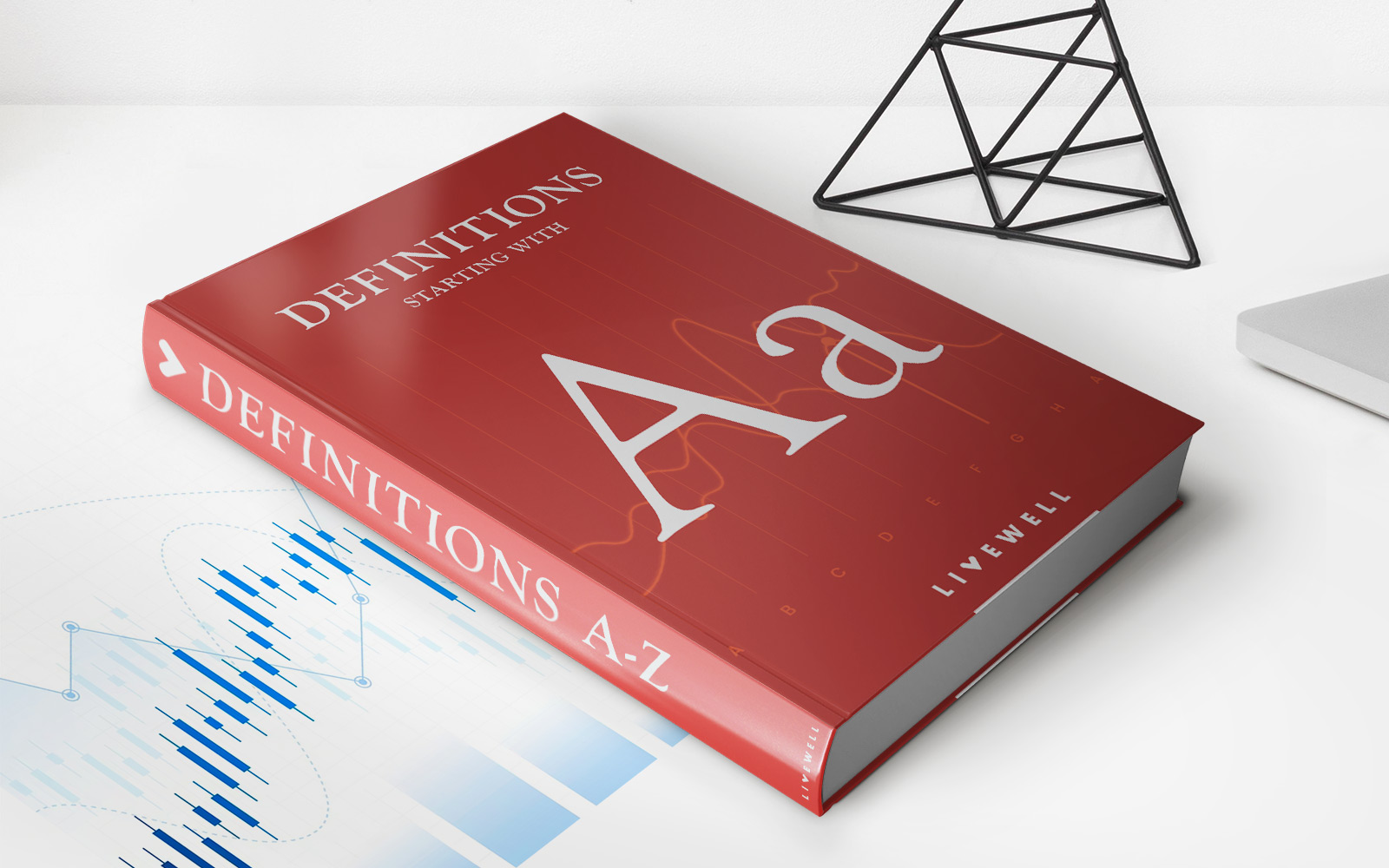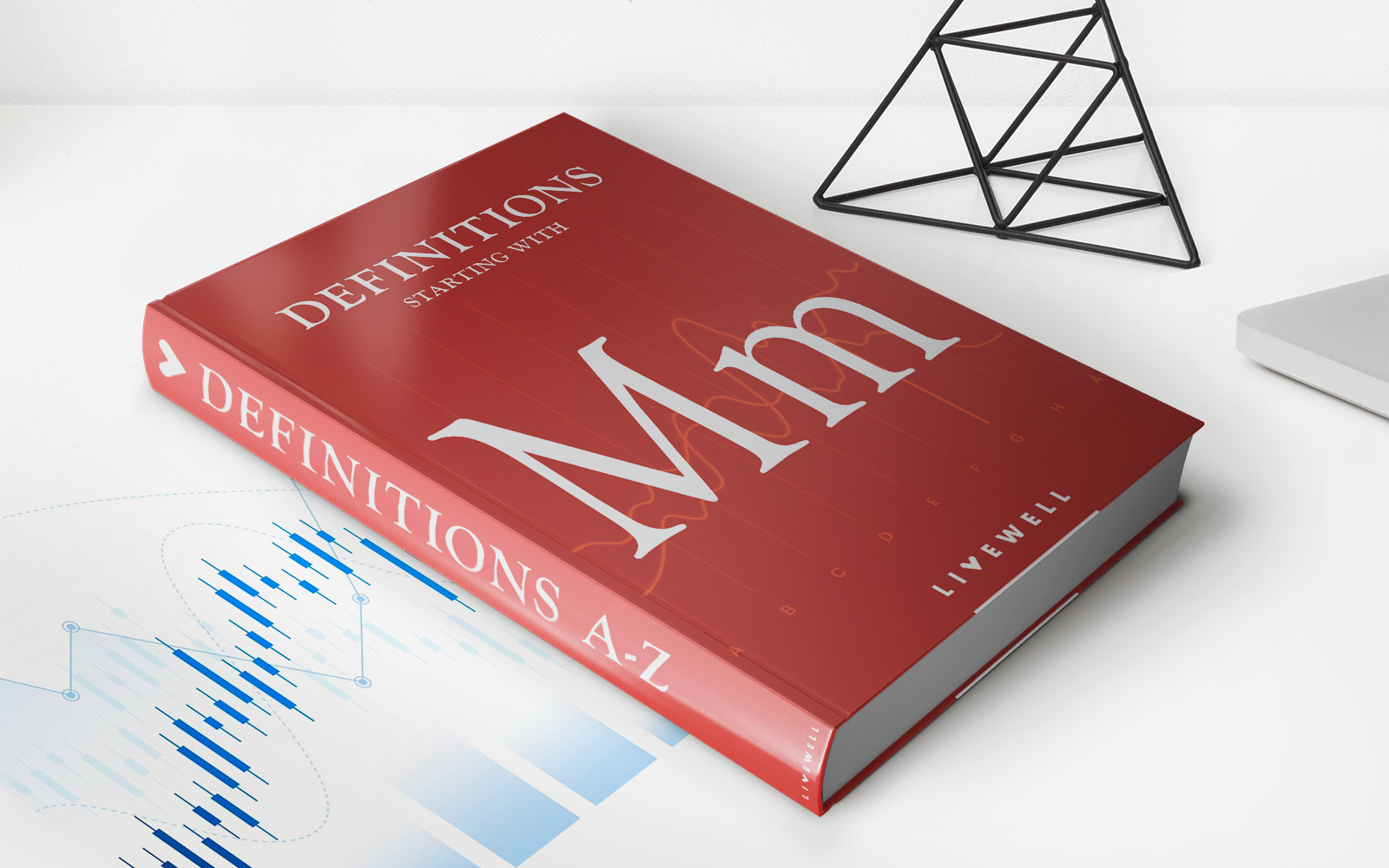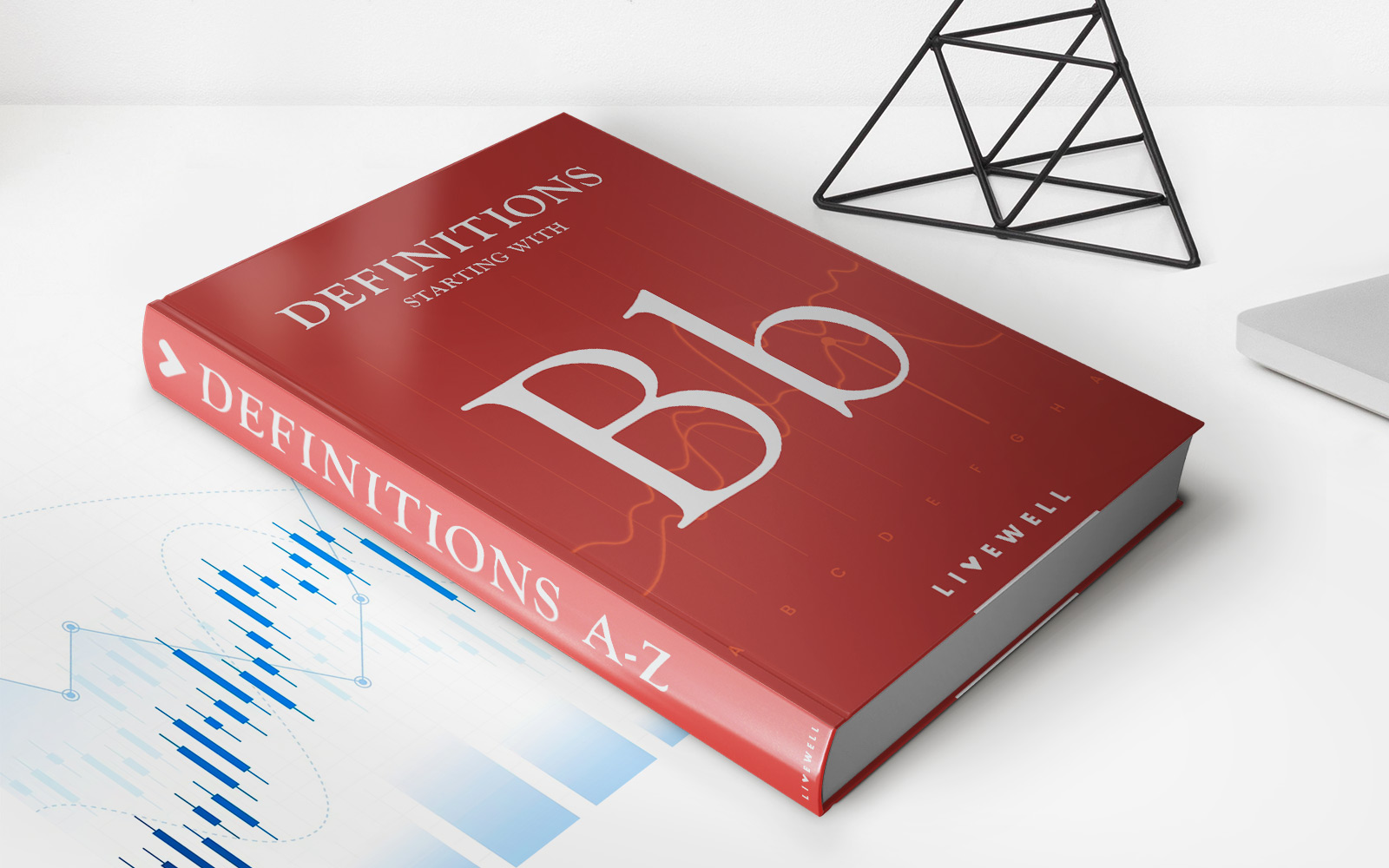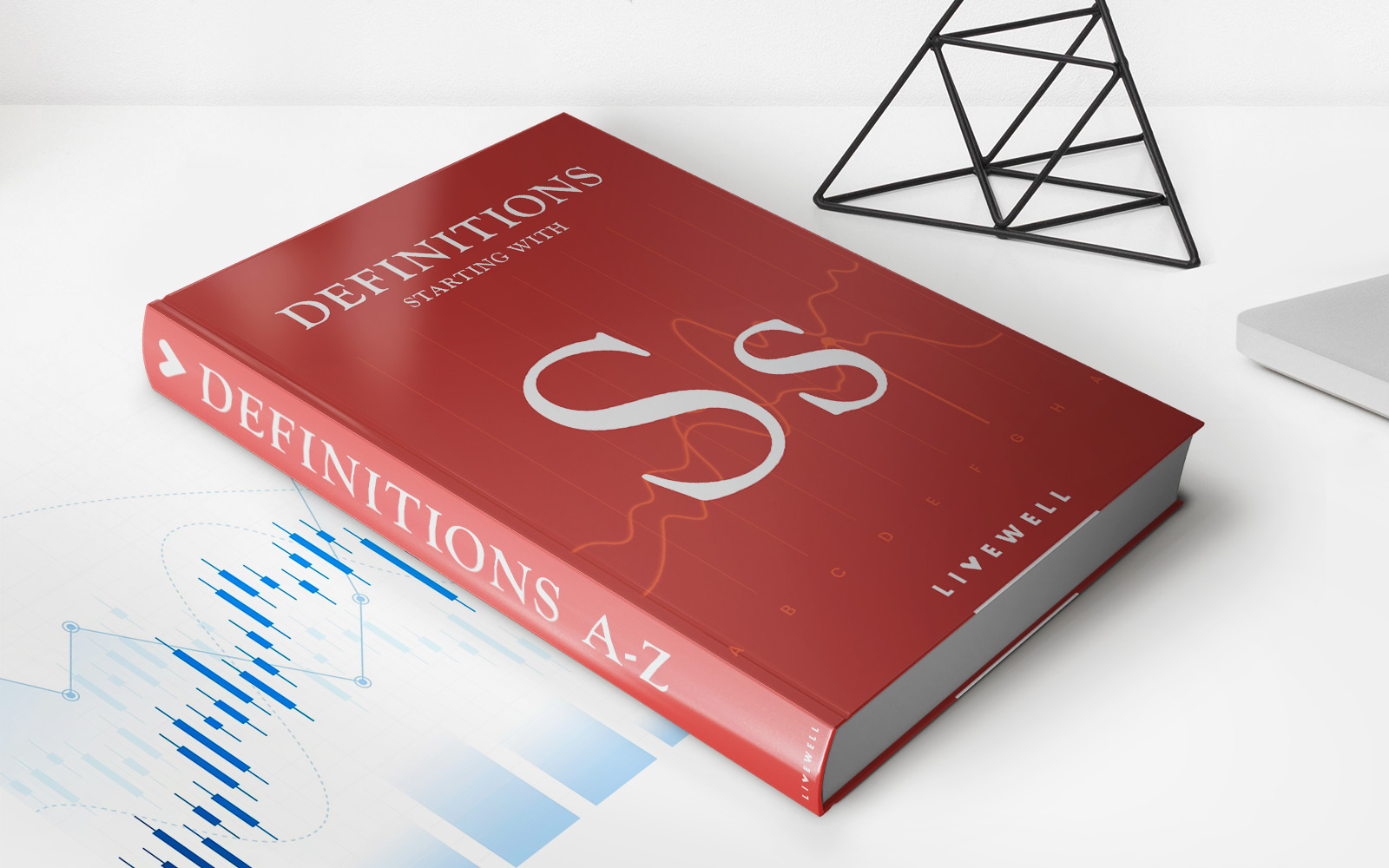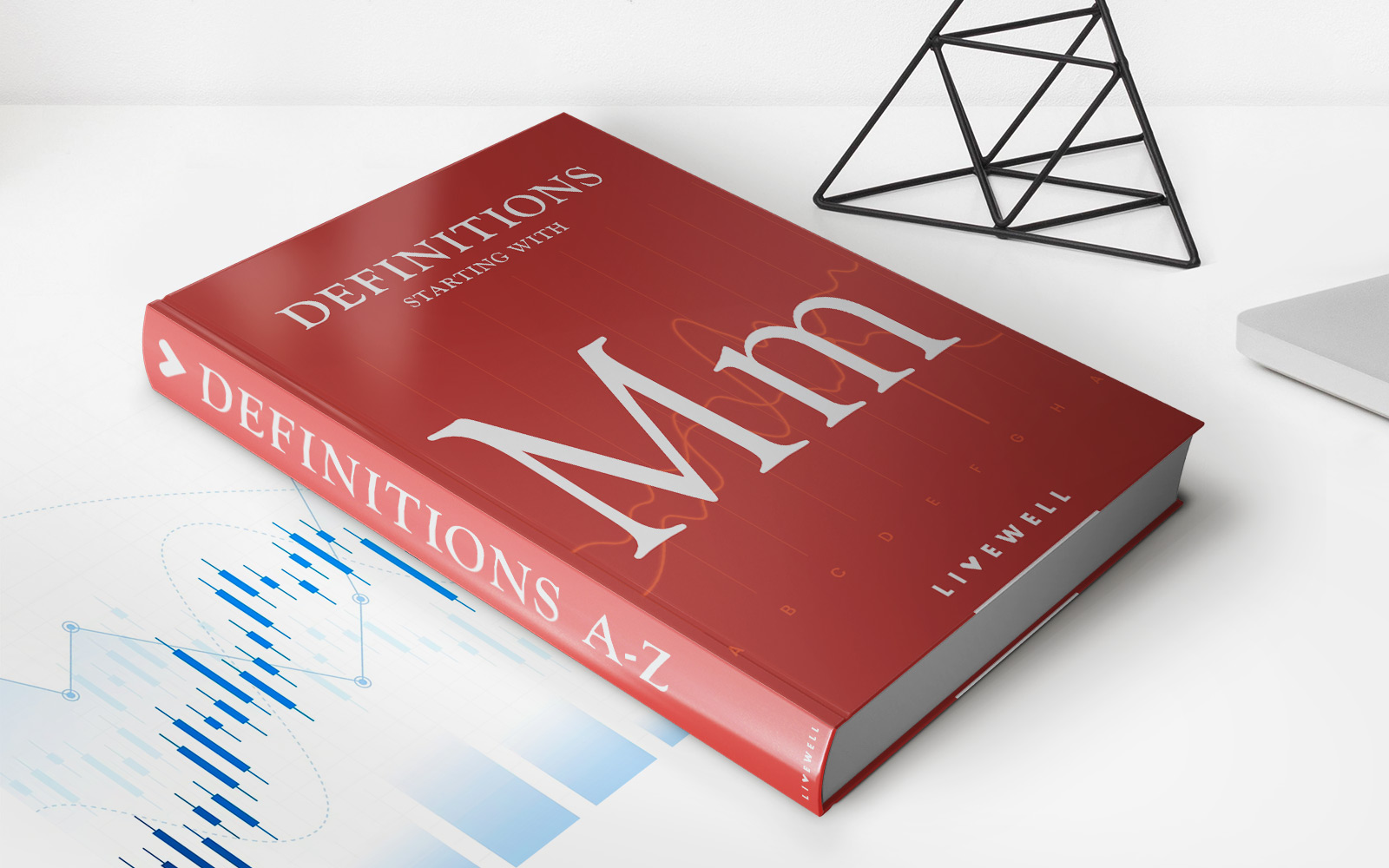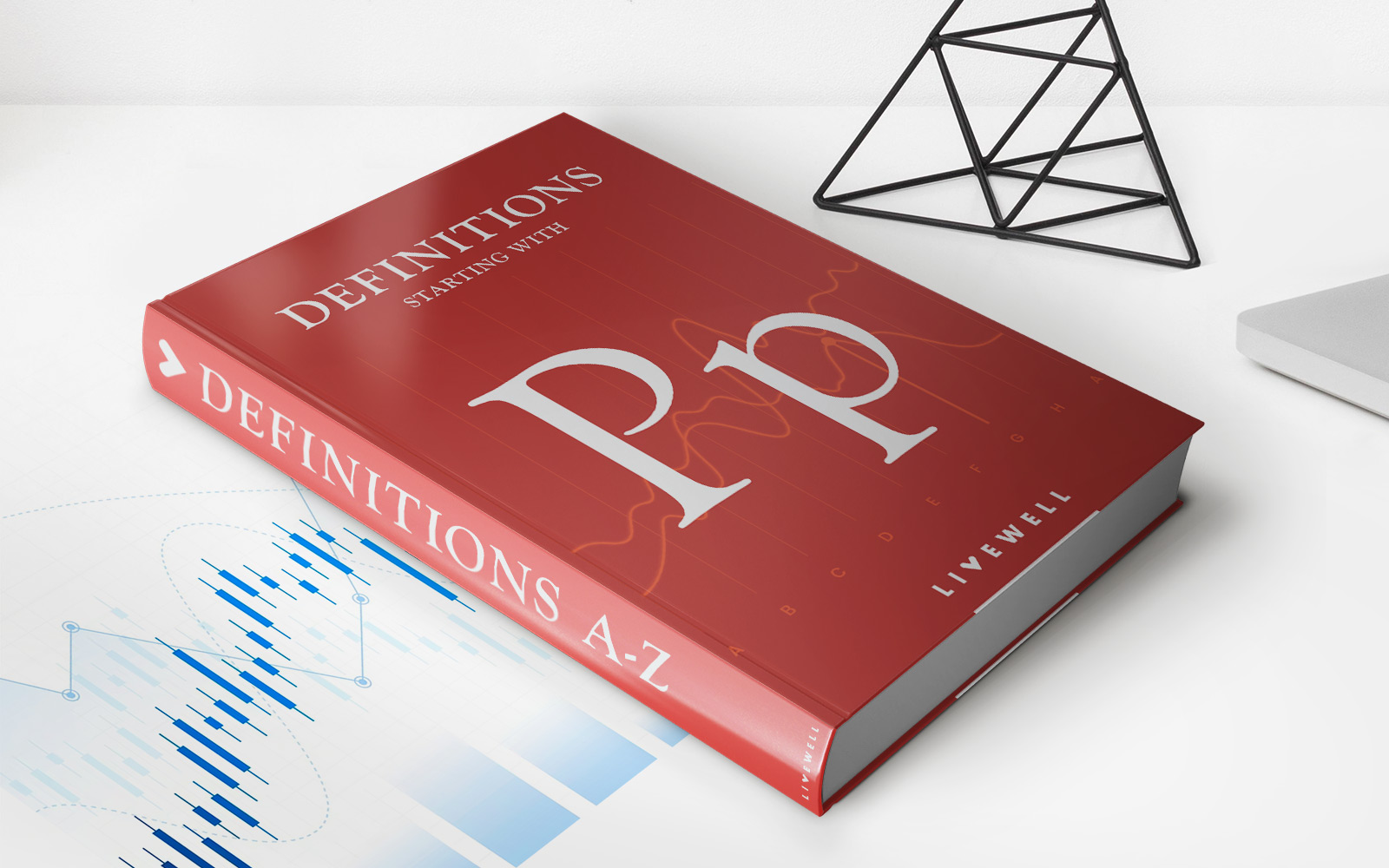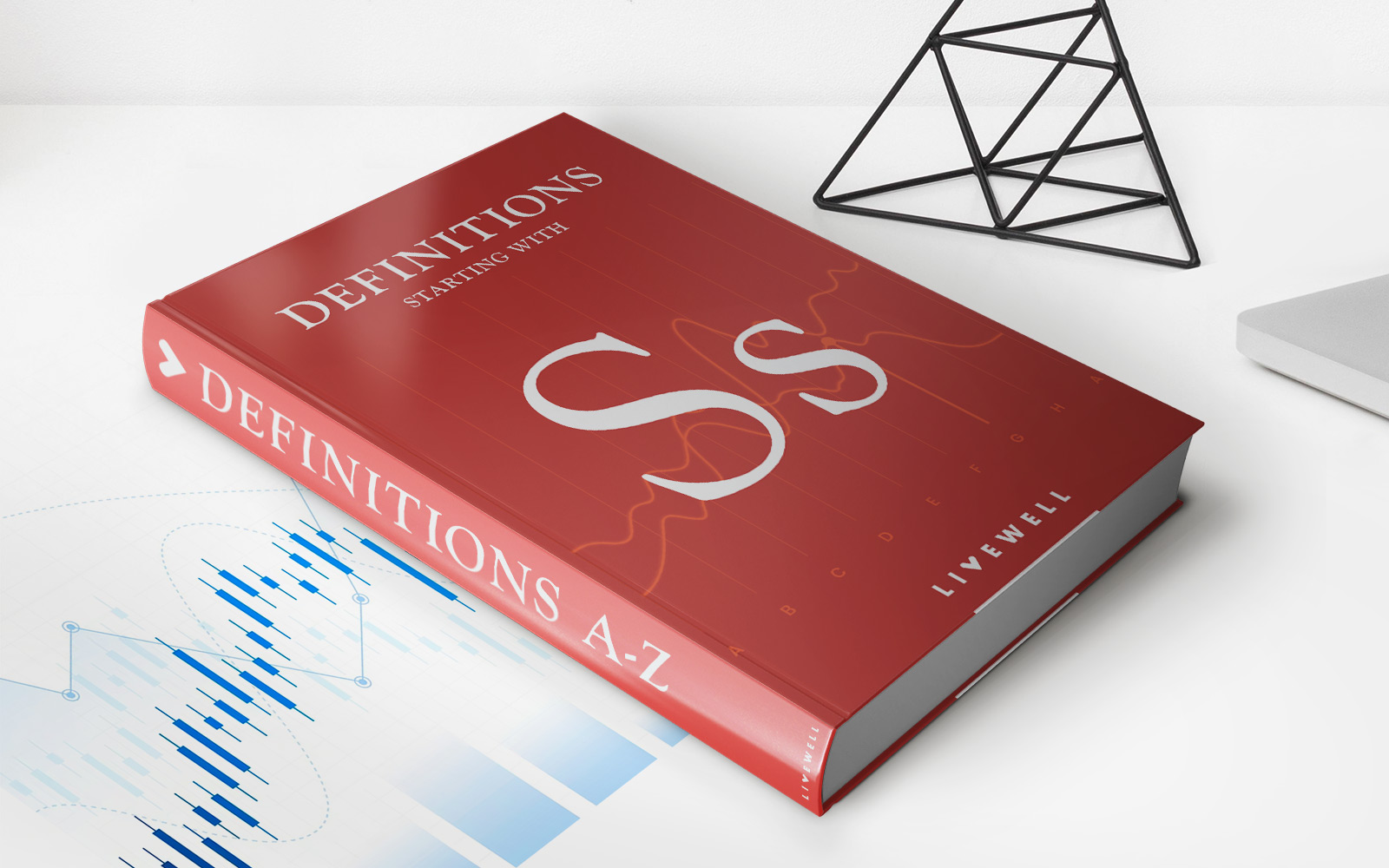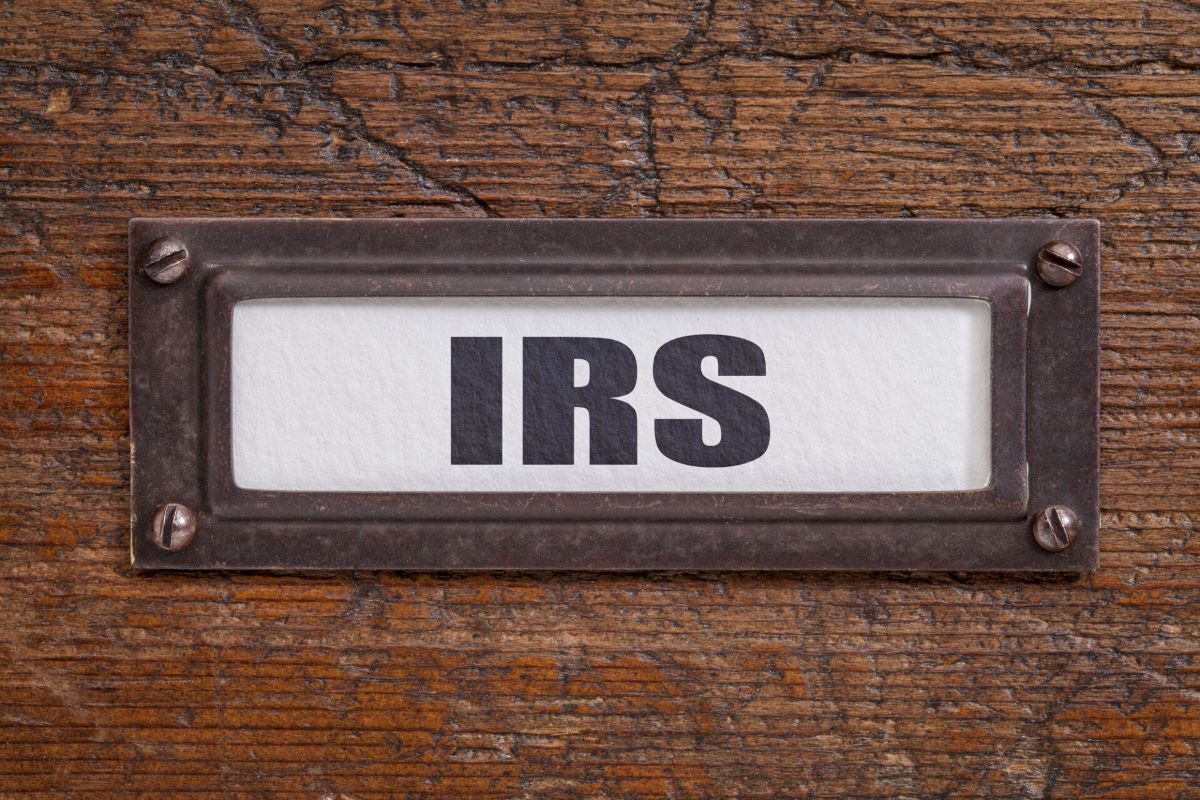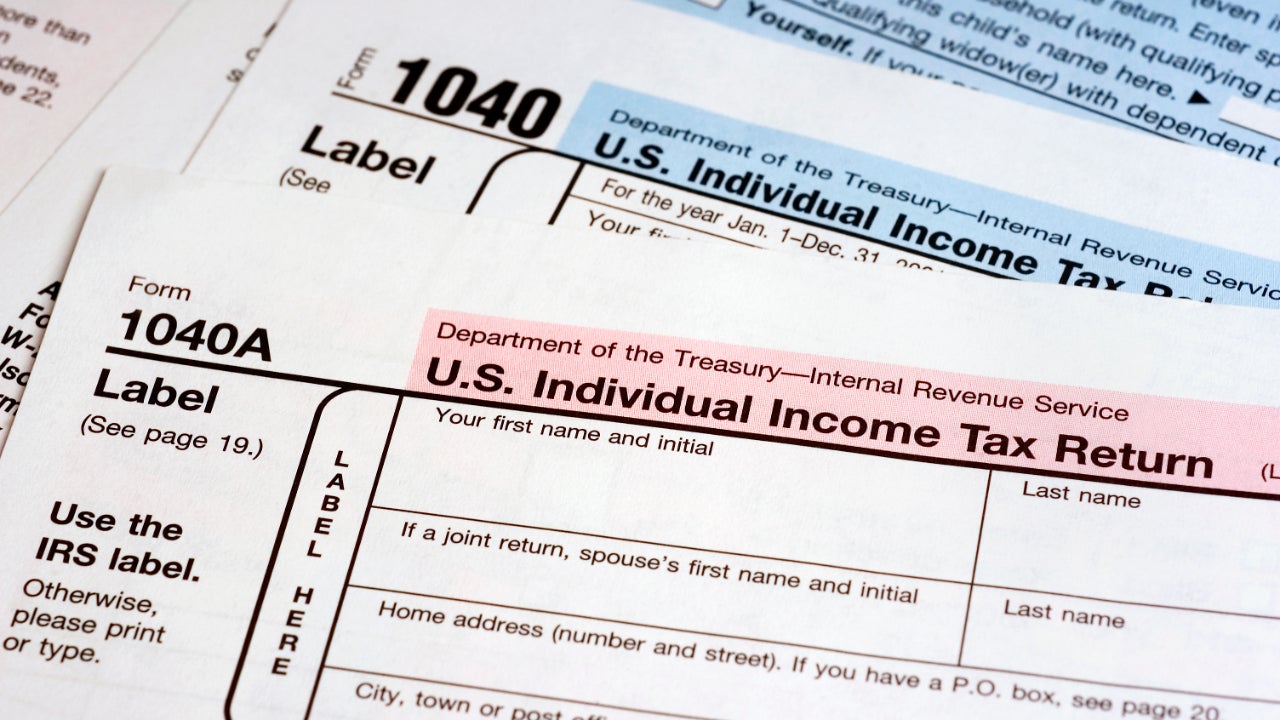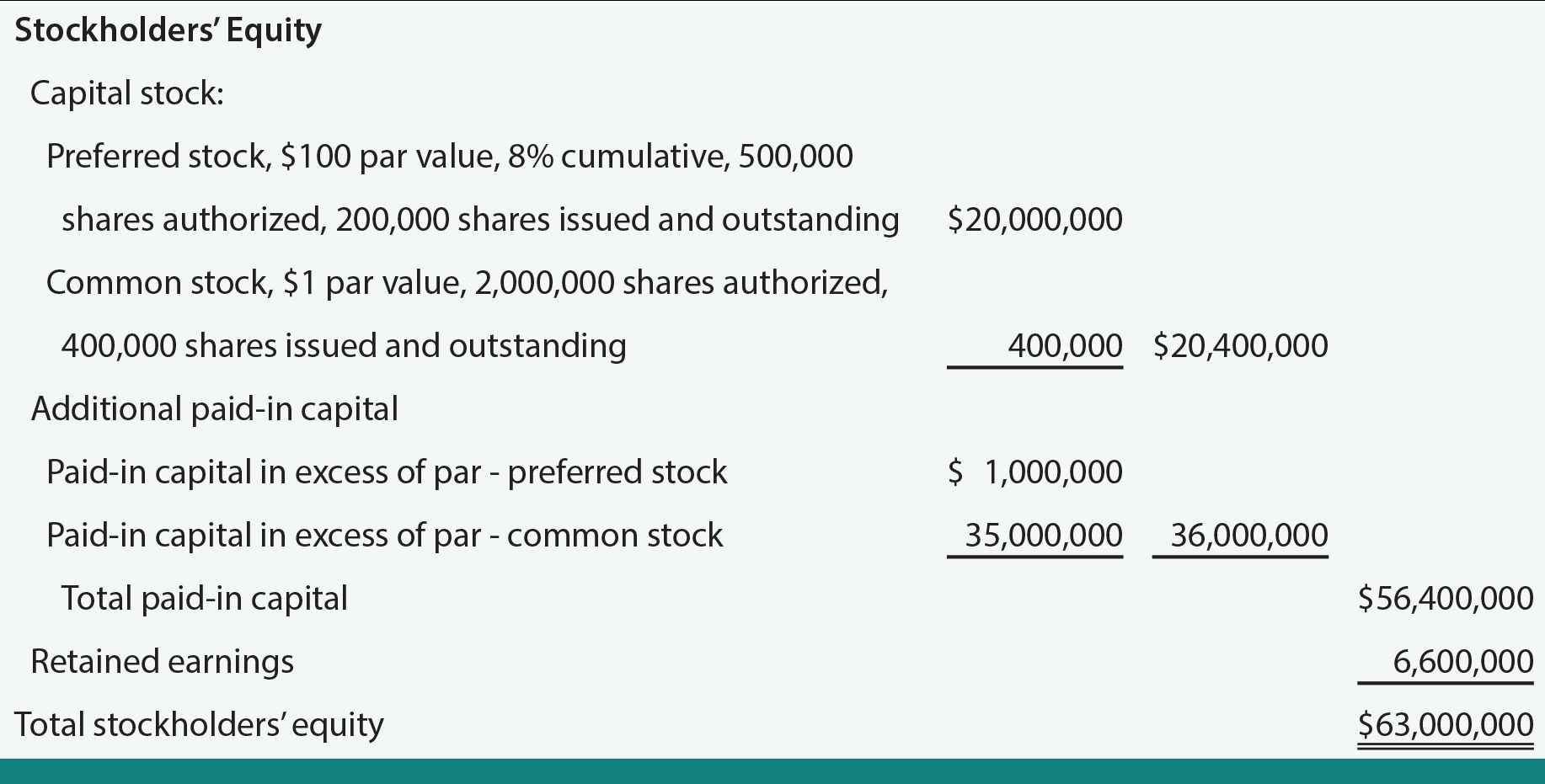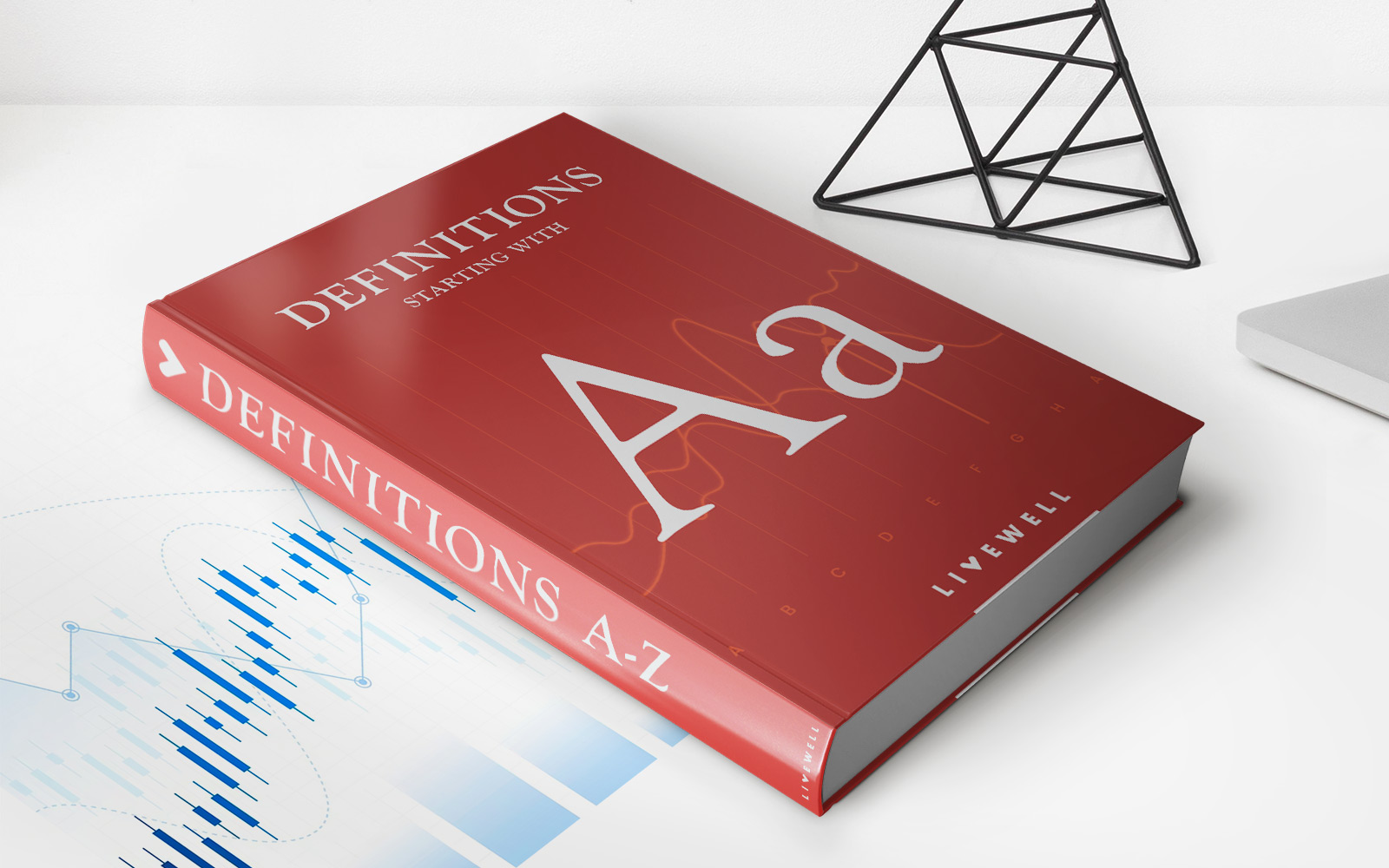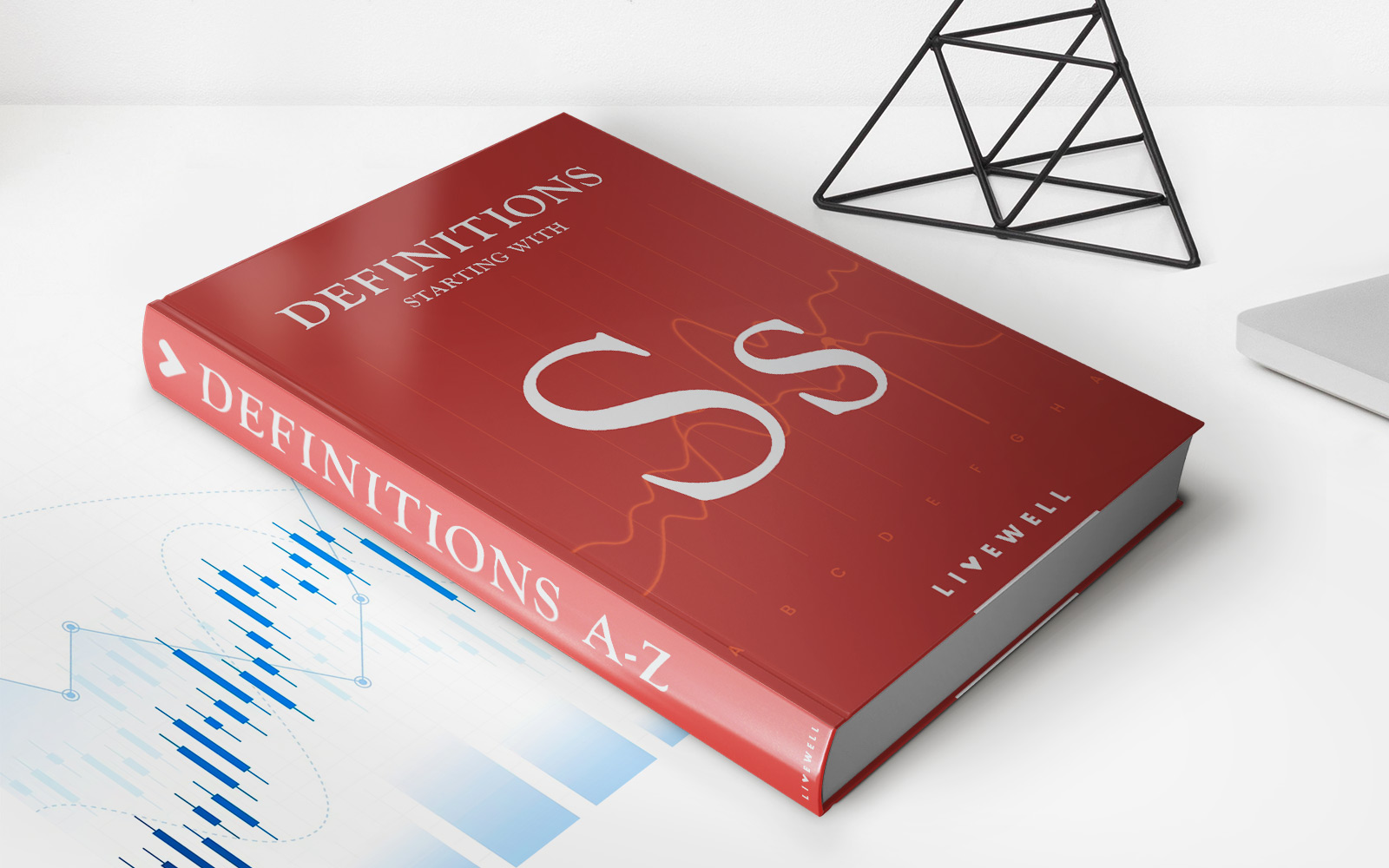

Finance
Stopped Order Definition
Published: February 3, 2024
Discover the definition of a stopped order in finance. Learn how this common term can impact your investment strategies and financial decision-making.
(Many of the links in this article redirect to a specific reviewed product. Your purchase of these products through affiliate links helps to generate commission for LiveWell, at no extra cost. Learn more)
Understanding Stopped Order Definition in Finance
Welcome to our finance category, where we dive deep into the various aspects of the financial world. Today, we’ll be discussing an important concept known as stopped order definition. If you’ve ever wondered what a stopped order is, how it works, and why it’s essential, then you’re in the right place. In this blog post, we’ll explain everything you need to know about stopped orders and how they play a role in the financial markets.
Key Takeaways:
- A stopped order is a type of order placed by an investor to buy or sell a security once its price reaches a specific predetermined level.
- Stopped orders are designed to help investors limit losses or capitalize on profit opportunities by automatically executing a trade once the predefined price level is reached.
What is a Stopped Order?
Imagine you’re a stock investor, and you’ve purchased shares in a company. To protect your investment and mitigate potential losses, you may decide to place a stopped order. A stopped order is a type of order that triggers a buy or sell trade when a security’s price reaches a specified level, known as the stop price.
For example, let’s say you bought shares in Company XYZ at $50 per share, but you’re concerned that the stock may decline further. You could place a sell stop order with a stop price of $45. If the stock price drops to $45 or below, your stop order will trigger, and your shares will be sold automatically. This helps protect your investment by limiting potential losses.
On the other hand, you may also place a buy stop order if you believe that a stock’s price will rise above a certain level before making a purchase. For instance, if you think that Company ABC’s stock, currently trading at $30, will increase in value once it reaches $35, you could place a buy stop order with a stop price of $35. If the price reaches $35, the buy stop order will trigger, and you’ll automatically purchase the stock at the prevailing market price.
Why Are Stopped Orders Essential?
Stopped orders are widely used by investors and traders to manage risk, minimize losses, and maximize opportunities in the financial markets. Here are a few reasons why stopped orders are essential:
- Capital Preservation: By placing a stopped order, investors can protect their capital by automating the selling process if a security’s price falls below their specified stop price.
- Risk Management: Stopped orders provide a predetermined exit point for investors, allowing them to limit potential losses and manage risk effectively.
- Profit Maximization: Stopped orders can also be used to capture profits by automatically selling a security when its price reaches a specific target, allowing investors to capitalize on upward price movements.
- Emotion Control: Stopped orders eliminate the need for investors to make impulsive trading decisions based on emotional reactions, as the trades are executed automatically when the pre-set conditions are met.
In conclusion, stopped orders serve as a valuable tool for investors and traders in navigating the financial markets. By using stopped orders, individuals can protect their investments, manage risk, and seize profit opportunities in a disciplined and efficient manner. Understanding the concept of stopped order definition is an important step towards becoming a more informed and successful participant in the world of finance.
